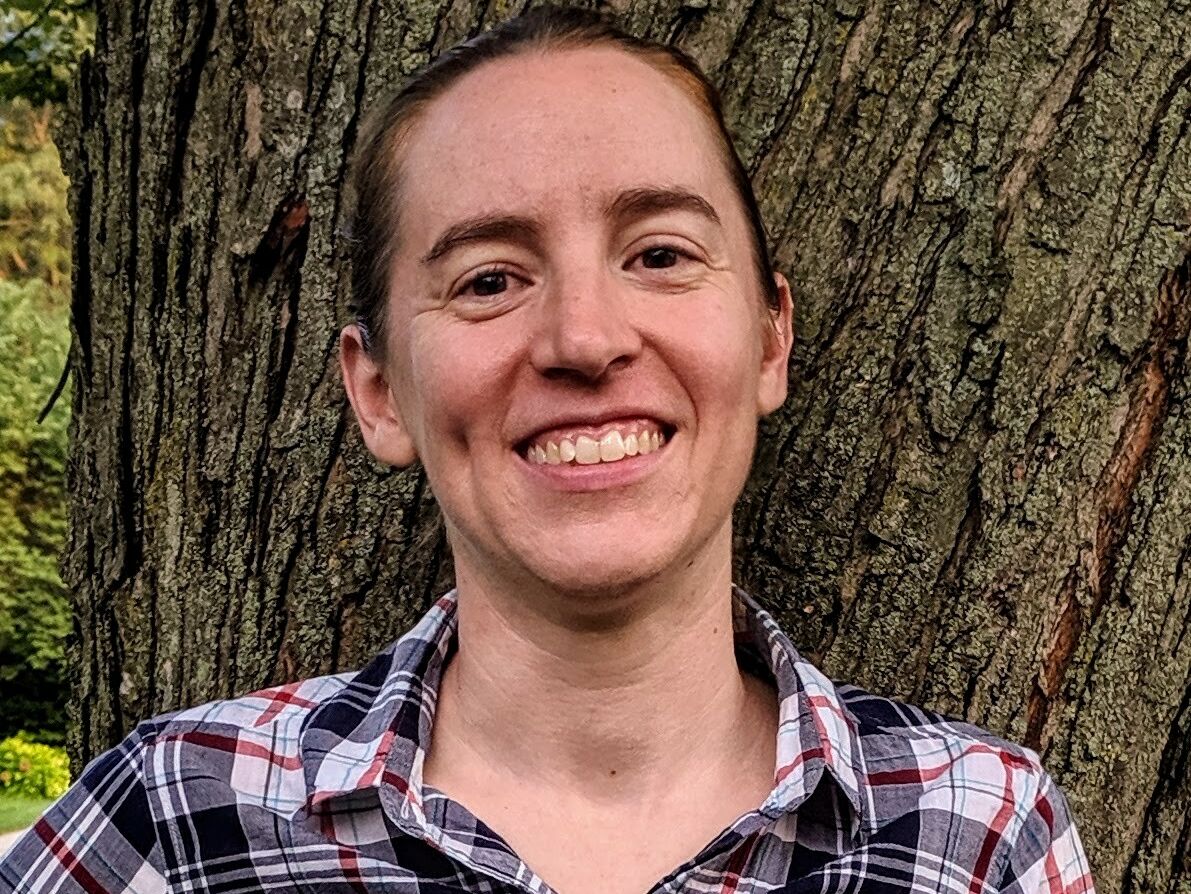For over a century, atomic collisions physics has provided insight into the inner workings of atoms and led to the development of new technologies. Simultaneously, experimental and computational advances have provided a deeper understanding of atomic-scale physics and led to the discovery of atomic particles with novel properties, such as twisted electrons. Together, these advancements provide exciting opportunities to explore new physics. Allison Harris will present results from computational studies of twisted particle collisions and discuss how new calculations for atomic collisions aid developments in fusion science, including ongoing work at the Max Planck Institute for Plasma Physics.
Allison Harris is a Professor of Physics at Illinois State University. For the last seven years, her work has been funded by the National Science Foundation, and she has 35 peer-reviewed publications. She has received several teaching and research awards and was named a “Researcher to Know” by the Illinois Science and Technology Coalition in 2019. Allison Harris has served on several international conference committees, most recently as chair of the 2021 International Symposium on Correlation, Polarization and Ionization in Atomic and Molecular Collisions and as the liaison between the Gaseous Electronics Conference and the Division of Atomic, Molecular, and Optical Physics Conference.
Moderation: Professor Dr. Thomas Sunn Pedersen
-------
Organizational information on the digital lecture
The Alfried Krupp Wissenschaftskolleg is offering this event live as a zoom meeting, in which viewers can also take part in the subsequent discussion with video contributions, too.
- We would be delighted if you gave your real name when dialing into Zoom. Of course, you can also take part in the event under a pseudonym.
- A list of all participants is available to all those involved during the entire event.
- During the lecture, the microphones of the audience are all automatically muted so as not to generate any disturbing background noise. You can turn on the audience's camera during the lecture.
- In the discussion that follows, requests to speak or questions can be displayed using the "Raise hand" function. You can find these - depending on the device - under the button "Participant", "More" or "Reactions" in Zoom. You can also lower your hand again if you want to withdraw the question.
- The moderator keeps a speech list and gives the floor in the order of the messages. If the moderator asks you to bring your question or request to speak, the user interface will ask you to turn on your microphone. If you have not already done so, you are welcome to turn on your camera. This is particularly desirable when presenting longer requests to speak so that the presenter can also see who is asking the question or who is making the comment.
- Of course, you also have the option of asking your questions in writing in the chat.
Recording of the digital lecture
The digital lecture will be recorded so that it can be used in the college's media library. Only the speaker, his / her presentation and the moderator can be heard or seen in the recording. Video, audio or chat contributions are not recorded. A “REC” symbol at the edge of the screen informs the participants about the current recording.

